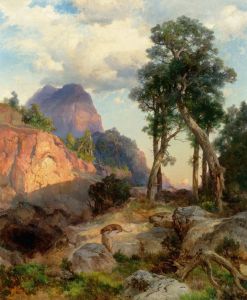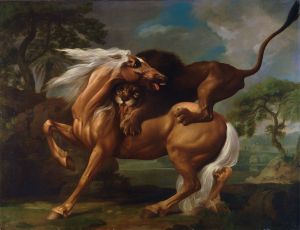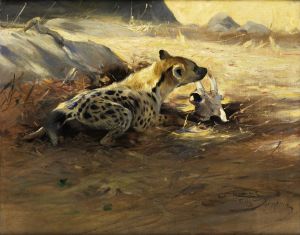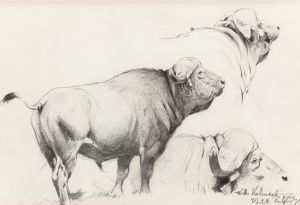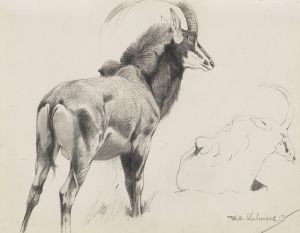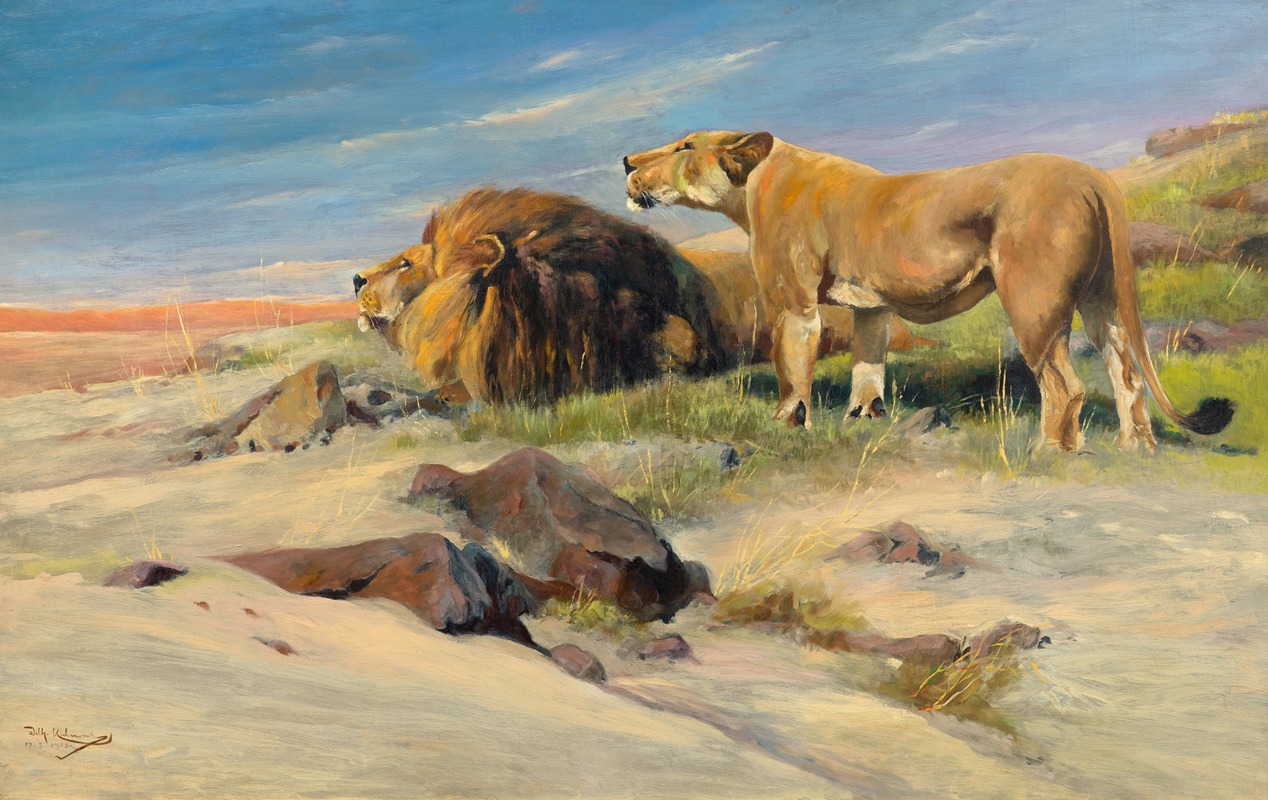
Löwenpaar in der Steppe
A hand-painted replica of Wilhelm Kuhnert’s masterpiece Löwenpaar in der Steppe, meticulously crafted by professional artists to capture the true essence of the original. Each piece is created with museum-quality canvas and rare mineral pigments, carefully painted by experienced artists with delicate brushstrokes and rich, layered colors to perfectly recreate the texture of the original artwork. Unlike machine-printed reproductions, this hand-painted version brings the painting to life, infused with the artist’s emotions and skill in every stroke. Whether for personal collection or home decoration, it instantly elevates the artistic atmosphere of any space.
Wilhelm Kuhnert (1865–1926) was a renowned German painter and illustrator, celebrated for his detailed and realistic depictions of wildlife. His work is particularly noted for its focus on African animals, which he studied extensively during his travels to the continent. One of his notable paintings is "Löwenpaar in der Steppe," which translates to "Lion Couple in the Steppe."
"Löwenpaar in der Steppe" exemplifies Kuhnert's skill in capturing the essence of wildlife in its natural habitat. The painting features a male and female lion, majestically positioned within the expansive African steppe. Kuhnert's attention to detail is evident in the lifelike portrayal of the lions, from the texture of their fur to the intensity of their gaze. The background of the painting, depicting the vast and open landscape of the steppe, serves to highlight the lions as the central focus, emphasizing their dominance and grace within their natural environment.
Kuhnert's approach to wildlife painting was heavily influenced by his firsthand experiences in Africa. He embarked on several expeditions to the continent, beginning in the late 19th century, which allowed him to observe and sketch animals in their natural settings. This direct observation was crucial to his artistic process, as it provided him with a deeper understanding of the animals' anatomy, behavior, and interaction with their environment. His travels took him to various regions, including what are now Tanzania and Kenya, where he spent considerable time studying the local fauna.
The authenticity and accuracy of Kuhnert's work set him apart from many of his contemporaries. At a time when many artists relied on zoo animals or secondhand accounts for their wildlife depictions, Kuhnert's commitment to field study brought a new level of realism to his paintings. This dedication not only enhanced the scientific value of his work but also contributed to its aesthetic appeal.
"Löwenpaar in der Steppe" is a testament to Kuhnert's ability to blend artistic skill with scientific observation. The painting captures a moment of tranquility and power, reflecting the natural beauty and majesty of the African landscape and its inhabitants. Kuhnert's work, including this painting, played a significant role in shaping the Western perception of African wildlife during the early 20th century. His paintings were widely exhibited and appreciated for their beauty and accuracy, and they continue to be celebrated for their contribution to wildlife art.
Kuhnert's legacy extends beyond his paintings. He was also an accomplished illustrator, contributing to numerous publications that aimed to educate the public about wildlife and natural history. His illustrations were featured in books and magazines, further cementing his reputation as a leading figure in the field of wildlife art.
In summary, "Löwenpaar in der Steppe" is a quintessential example of Wilhelm Kuhnert's work, showcasing his dedication to realism and his passion for capturing the essence of wildlife. Through his art, Kuhnert not only provided a window into the natural world but also inspired a greater appreciation for the beauty and complexity of the animal kingdom.





